Humans and Humanoids: Kazuo Ishiguro’s Intriguing Look into Artificial Intelligence Ethics
December 22, 2021
What does it mean to be human? How does one define a humanoid? Who is more vulnerable and why? And how similar are they to each other? All of these fundamental philosophical questions are subtly raised in Kazuo Ishiguro’s latest novel Klara and the Sun (Faber & Faber, March 2021). Ishiguro won the 2017 Nobel Prize in Literature for his novels The Remains of the Day (Faber & Faber, 1989) and Never Let Me Go (Faber & Faber 2005), both turned into films, and has yet again written a truly incredible piece of literature. A dystopian science fiction novel that pushes the themes of friendship and ethics to new heights by introducing AI, Klara and the Sun offers its readers a uniquely magnificent read.
The story is about an artificial friend named Klara whose vocation is to be a friend and companion to children. She is first depicted as standing at the window of a store, eagerly waiting to find a home and fulfill her mission. A keen, observant, kind and inquisitive being, she is always fascinated by the world outside the glass window, intrigued to learn more about “the outside world,” as she calls it. Klara loves and cherishes the Sun, the source of her existence, as she runs on solar power. Her dependence on the Sun is already emphasized in the title of the book that points to their sacredly deeper connection, while raising an incredibly profound question to the readers: Who is this “Sun,” this greater power?
One day, a resilient and curious girl, Josie, comes into the store and instantly feels that Klara “is the one,” friend for her. A lasting bond forms between the two –a human being and an artificial friend– and when a difficult situation starts to unwind, Klara strives to help Josie. Willing to even sacrifice herself, Klara surpasses the qualities of a human being, but will she be able to save her friend in time? This heartwarming tale, full of courage, compassion and friendship, continuously analyzes the human-humanoid relationship, challenging its readers to always switch sides, especially at moments when Klara experiences harsh discrimination by humans. Such is for example the moment when a woman who first meets Klara addresses her as follows: “One never knows how to greet a guest like you. After all, are you a guest at all? Or do I treat you like a vacuum cleaner?” Klara, although having a mechanical perception, clearly states: “I believe I have many feelings, the more I observe, the more feelings become available to me.” This is truly a compelling response that scrutinizes “human intelligence” versus “artificial intelligence” and the repercussions of their interdependency in our time.
The themes that are displayed in this work are of friendship, kindness, reality, sacrifice and ethics surrounding artificial intelligence. Ishiguro develops these powerful themes through the use of dialogue, similes, strong metaphors, and in writing from the perspective of Klara. When she is addressing another person, such as Josie, she speaks to her in the third person, which highlights this barrier between humanoid and human. Klara and Josie are nominally friends, but not equals. Another interesting idea to note is that there is no time setting or place, which although may seem vague, gives room for the unique interpretation of each reader.
In a rapidly changing world with new advancements in artificial intelligence, this novel poses challenging ethical questions; Should humanoids be given the same rights as humans? or What is the place of humanoids, will they take over the world?
Overall, Ishiguro’s 8th novel is a truly unique and one of a kind read that people who have an interest in the abilities of humanoids in human society will enjoy reading.
Sources: Book Review: ‘Klara and the Sun,’ by Kazuo Ishiguro – The New York Times

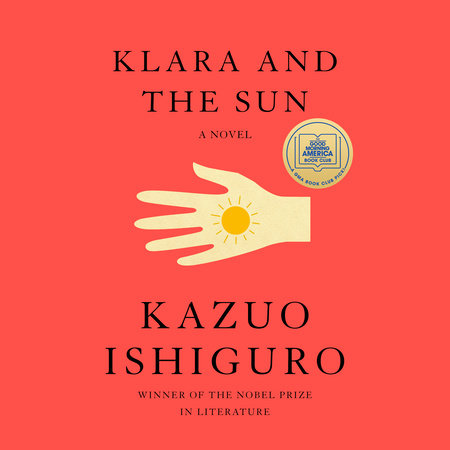
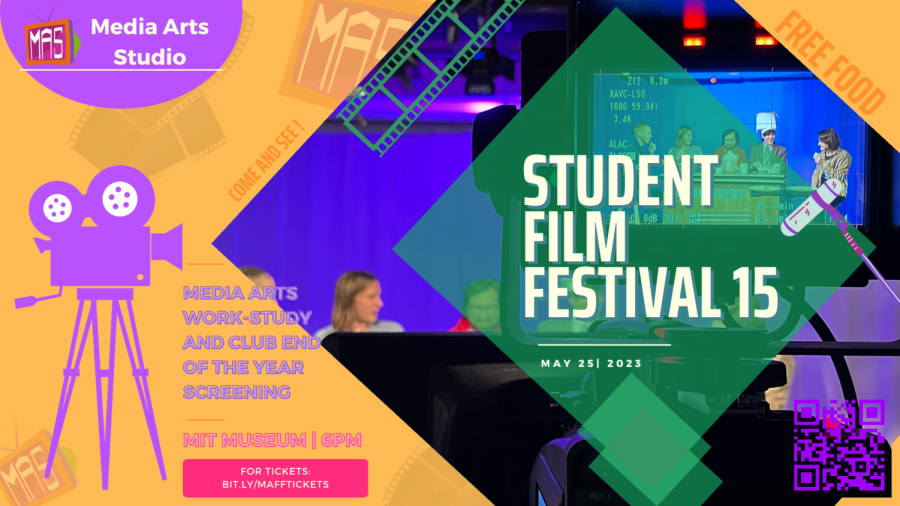
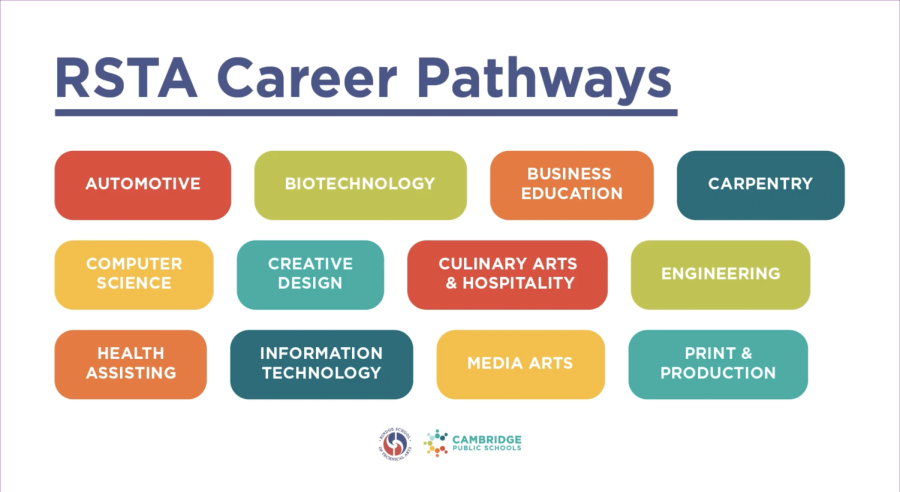
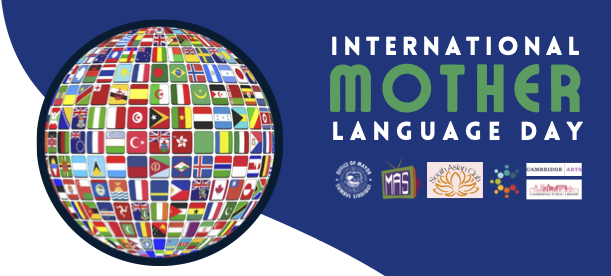
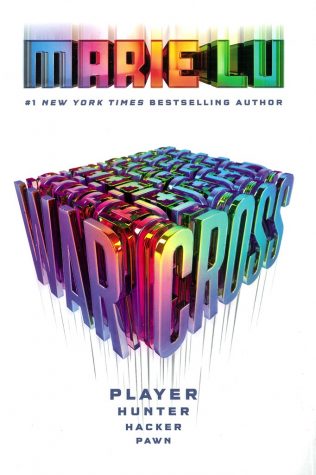





![COOKING* SHOW EP. 6 [static sounds]](https://youthviewcambridge.org/wp-content/uploads/2024/02/Screenshot-2024-02-08-at-2.31.53 PM-600x327.png)


